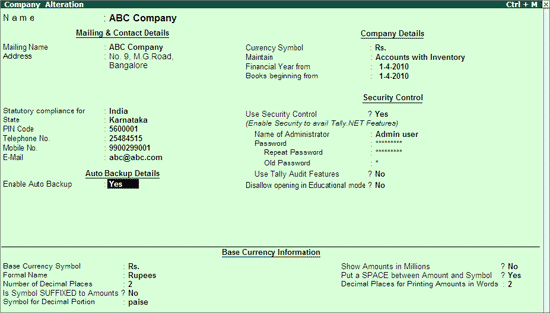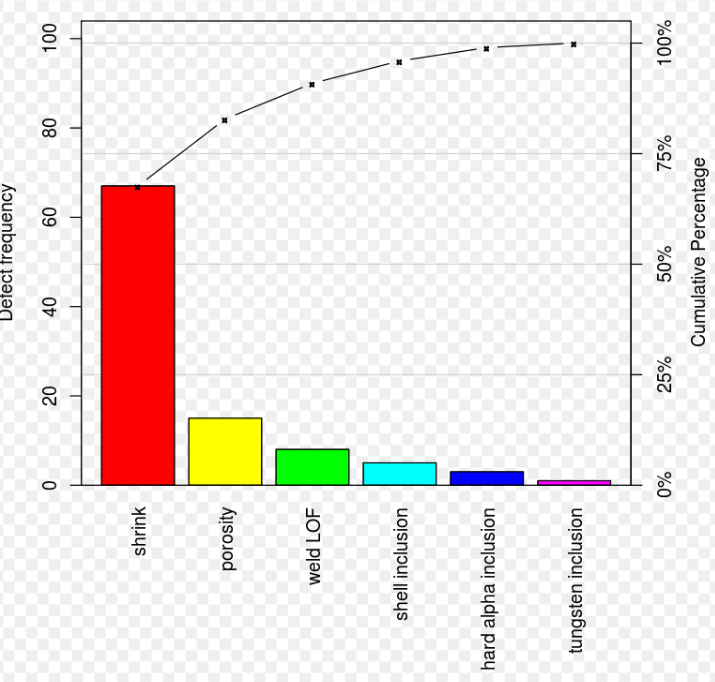Profit Strategy is the strategy in which, the only target of the company is to maintain profitability by hook or a crook. It is a type of corporate-level stability strategy, where the profit generation takes place in a forced strategic way by the management of the company. And the management of the company, in order to achieve profits, tries to slash costs, cut additional investments, try to increase the efficiency or productivity level, raise the selling price or can adopt any intense steps in this direction.
Profit Strategy continues to use the old technology, at the time of technological change. And under this strategy, the management does not replace the old or obsolete technology with new technology in any case. Moreover, even if the replacement is inevitable, then the partial acquisition of technology takes place. Thus, this Strategy focuses on capitalizing as much as possible, out of the current situation.
Strategic financial management means not only managing a company’s finances but managing them with the intention to succeed that is, to attain the company’s long-term goals and objectives and maximize shareholder value over time.
Strategic financial management is about creating profit for the business and ensuring an acceptable return on investment (ROI). Financial management is accomplished through business financial plans, setting up financial controls, and financial decision-making.
Before a company can manage itself strategically, it first needs to define its objectives precisely, identify and quantify its available and potential resources, and devise a specific plan to use its finances and other capital resources toward achieving its goals.
Strategic management also involves understanding and properly controlling, allocating, and obtaining a company’s assets and liabilities, including monitoring operational financing items like expenditures, revenues, accounts receivable and payable, cash flow, and profitability.
Strategic financial management encompasses furthermore involves continuous evaluating, planning, and adjusting to keep the company focused and on track toward long-term goals. When a company is managing strategically, it deals with short-term issues on an ad hoc basis in ways that do not derail its long-term vision.
Increasing sales and revenues are related but different goals, and each needs its own strategy. Although the tactics for each may be different, they should complement each other. Understanding how sales and revenue are related and how to increase both helps you market efficiently and optimize your profits.
Sales vs. Revenues
The words “sales,” “revenue” and “income” have different meanings, and become confusing if used as synonyms. “Sales” refers to the number of units of your product you sell, “revenues” refers to the total amount money your sales generates, and “income” refers to your profit from those sales. Keep these in mind as you plan sales strategies to strike the right balance for your business’s needs. Don’t be surprised to hear “sales” and “revenues” used as synonyms, which is a common occurrence in business.
Increase Your Marketing
An obvious way to increase sales is to boost your marketing. Quantity doesn’t necessarily mean quality, so careful planning, test-marketing and monitoring your results maximizes your sales. Conduct marketplace research to learn which messages speak to your target audience.
Run ads and promotions in limited locations and check the results before spending your entire budget. Incorporate some way to monitor marketing communications, such as using coupons, electronic codes or website traffic statistics.
Review Your Pricing Strategies
If your product or service is price sensitive, pay special attention to your pricing strategies. Find out what your competition is charging and raise or lower your prices based on your goals. Lowering your prices can increase revenues to make up for lower margins.
Raising your prices can create a higher perceived value in the minds of consumers and increase your margins. Raising your prices can also increase your revenues without increasing sales.
Expand Your Distribution Channels
Changing where you sell your product can significantly boost your sales and revenues without requiring any changes to your marketing or pricing. Perform a careful study of the effects of using online selling, direct mail, wholesalers, retailers, distributors and outside sales reps to project how each method can affect your sales volumes, profit margins and total profits. In some cases, new distribution channels require marketing support.
Diversify Your Offerings
If you’re a mature company, it might be time to add new products and services to create exponential growth. If you feel you’ve saturated the marketplace, determine the products your target customers buy that you’re not selling and that you think you can make and market profitably. You might need to replace old products with new ones. This might result in a decrease in sales, but higher revenues if the replacement product has a higher price.
Develop Relationships and Cross Promotions
The more people you can get to promote your product or service, the more sales and revenues you’ll have. Look for businesses that don’t compete with you but which have the same target customer and develop cross promotions. For example, if you sell sports apparels, sponsor golf and tennis instructors and youth league coaches to wear and promote your line. Partner with charities to get them to promote you to their supporters. Use social media programs to build a following generated by satisfied customers.
Optimizing price
Price optimization is the practice of deciding upon the most effective pricing for a product or service. Reliant on crystal clear data, great pricing optimization enables companies to offer their products at the price points that are most likely to be picked up on by customers.
Optimal price points will deliver the best possible profits for the company, and may also be designed to achieve additional goals such as assisting in improving the company’s market share or enabling expansion into previously unexplored markets.
- Starting prices: The starting price of a product or service is of course fundamental to its success, so pricing optimization is key here. Pricing optimization software will analyze data to reveal the best possible starting prices, taking a wide range of internal and external factors into account.
- Discounts: Many companies opt to push their products out to larger audiences, or tempt back past customers, with the offer of discounts. Well-managed pricing optimization software can also be used in these instances, to ascertain the optimal price points.
The Benefits of Price Optimization
Pricing optimization brings a multitude of benefits, which are evident throughout the sales process. Take a look at some of the main advantages of pricing optimization strategies.
- Maximize Sales and Profits: The best possible price points allow companies to achieve their true potential, particularly when it comes to maximizing sales and profits. Customers are more likely to pick up on products and services when they’re priced optimally, and companies soon reap the benefits.
- React faster to market changes: Pricing software makes it possible for companies to react quickly to changes in the market, outsmarting their competitors by offering goods and services at the best possible prices for any given circumstances.
- See fast ROI improvements: With pricing optimization software, it’s easy to see how things are improving. ROI can be closely monitored, with all changes available to view in real-time. This data-driven approach enables teams to respond to fluctuations in demand quickly, maintaining the best possible ROI for the company.
- Gather insights into customer behavior: The more data a company has, the better it can understand its customers. And with this understanding comes immeasurable opportunities. Data allows companies to offer products they know their customers will love at prices they’re sure customers will respond favorably to.
Lowering costs
Cost cutting refers to measures implemented by a company to reduce its expenses and improve profitability. Cost cutting measures are typically implemented during times of financial distress for a company or during economic downturns. They can also be enacted if a company’s management expects profitability issues in the future, where cost cutting can then become part of the business strategy.
Cost reduction is the process used by companies to reduce their costs and increase their profits. Depending on a company’s services or products, the strategies can vary. Every decision in the product development process affects cost: design is typically considered to account for 70 – 80% of the final cost of a project such as an engineering project or the construction of a building.
Companies typically launch a new product without focusing too much on cost. Cost becomes more important when competition increases and price becomes a differentiator in the market.
The importance of cost reduction in relation to other strategic business goals is often debated.
Cost reduction strategies
- Supplier consolidation: see examples in the aerospace manufacturing industry
- Component consolidation
- Low-cost country sourcing
- Request for quotations (RFQ)
- Supplier cost breakdown analysis
- Function cost analysis / Value analysis / Value engineering
- Design for manufacture / Design for assembly
- Reverse costing
- Cost driver analysis
- Activity-based costing (ABC), which assigns a cost of each activity undertaken in the production and delivery of each product and service according to the actual consumption by each activity including a share of overheads. Peter Turney in a 1989 article examines the role of ABC in the achievement of manufacturing excellence and the product cost information needed by managers working towards this goal.
- Product benchmarking
- Competitor benchmarking
- Design to cost
- Design workshops with suppliers
- Half cost strategies: ambitious strategies which aim to reduce the costs of specific production processes or value adding stages to 1/N of the previous cost.
Like this:
Like Loading...



